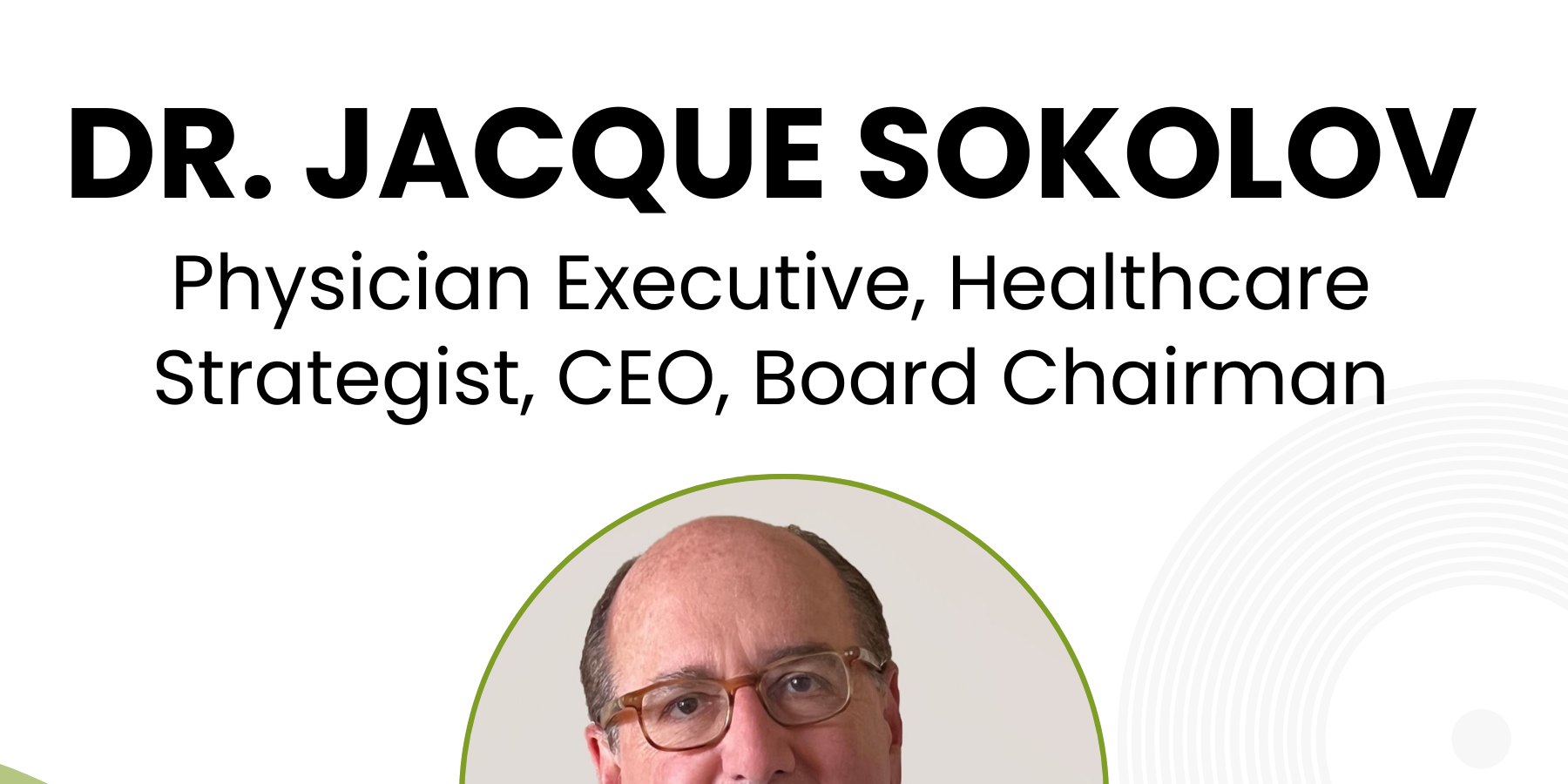Achieving The Vision Of Value-Based Care

A recent article in Forbes discusses the transformative potential of value-based care (VBC) in the U.S. healthcare system. We’ve been talking about the shift to VBC for many years, as the traditional fee-for-service (FFS) model is rooted in the 1930s and perpetuated by misaligned incentives. The FFS model has primarily focused on treating sickness rather than preventing it, which is not a proactive way of creating a healthier future. However, the hopeful shift towards VBC continues to gain momentum, with the Centers for Medicare and Medicaid Services (CMS) aiming to involve every Medicare beneficiary in an accountable care relationship by 2030.
Several encouraging signs of progress have been realized. For instance, in 2022, almost 60% of payments were linked to value and quality. Stakeholders are increasingly adopting analytics and care management technologies, focusing on preventive care and population health, and fostering collaboration between payers and providers. There is also a growing trend of self-funded employers contracting with providers for prospective bundled payments, and more educated healthcare consumers making informed decisions about their care. These changes indicate a fundamental shift in the mindset across the healthcare delivery spectrum. Still, progress is needed.
A substantial portion of payments (40%) are still entirely FFS, with only 9.6% being population-based. Many employers, who provide insurance for most non-Medicare patients, do not fully understand their role in a VBC future or the tools available to incentivize better quality and lower costs. Technological barriers also persist, with many organizations relying on outdated software and multiple point solutions that are not designed for seamless data sharing or outcomes-oriented care.
Looking ahead, a successful healthcare future driven by advanced technology that aligns incentives with outcomes is envisioned. There is an emphasis on the need for seamless data access and integration, personalized patient-centric care, and collaborative approaches among healthcare stakeholders. The technology exists today to support these goals, with advanced data management solutions, AI-driven predictive models, and integrated platforms facilitating real-time data sharing and clinical decision support. By leveraging these tools and fostering collaboration, the healthcare system can improve efficiency, reduce costs, and, most importantly, enhance patient outcomes.









